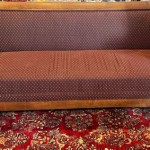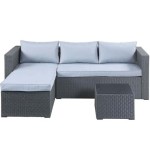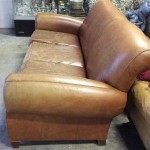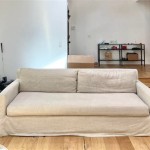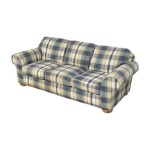Essential Aspects of Recovering a Sofa in Leather
Recovering a sofa in leather is a significant investment, and it's crucial to consider several essential aspects to ensure the project's success. These aspects include choosing the right leather, preparing the sofa, selecting the upholstery technique, paying attention to the details, and maintaining the recovered sofa. Understanding these aspects will help you achieve a professional-looking and durable upholstered sofa that enhances the comfort and style of your living space.
Choosing the Right Leather
The type of leather you choose will significantly impact the durability, comfort, and appearance of your sofa. Consider factors such as the grain, finish, and thickness of the leather. Full-grain leather is the most durable and luxurious option, while split leather is a more affordable choice but less durable. The finish can range from matte to glossy, and the thickness will determine the weight and plushness of the sofa.
Preparing the Sofa
Before recovering, it's essential to prepare the sofa properly. Remove the old fabric, padding, and any damaged springs or frames. Clean the frame thoroughly to remove dirt and debris. If there are any structural issues, such as loose joints or broken springs, repair them before proceeding.
Selecting the Upholstery Technique
There are two main upholstery techniques: slipcovering and reupholstering. Slipcovering involves sewing a new cover that fits over the existing sofa frame. It's a less invasive method but may not provide a as tailored fit as reupholstering. Reupholstering involves removing the old fabric and replacing it with new leather, padding, and springs. This technique offers a more customized and durable result.
Paying Attention to the Details
Details make all the difference in the final appearance of your recovered sofa. Pay attention to the stitching, the placement of the leather panels, and the trim. Choose thread that matches the color of the leather and use a durable stitch pattern. Ensure the leather panels are aligned and taut to avoid wrinkles or gaps. Add piping or cording to enhance the sofa's visual appeal.
Maintaining the Recovered Sofa
Proper maintenance will prolong the life and beauty of your recovered sofa. Clean the leather regularly with a soft cloth and a leather cleaner. Avoid using harsh chemicals or abrasive materials that can damage the finish. Condition the leather periodically to keep it supple and prevent cracking. Keep the sofa away from direct sunlight and heat sources to minimize fading and drying out.
By following these essential aspects, you can ensure that your recovered sofa in leather becomes a cherished piece of furniture that enhances your living space for years to come.

Recover Your Sofa From Leather To Fabric Stunning Transformation And A Lot Er Than New Rescot Upholstery

Cost To Reupholster A Couch Save By Recovering We Can Fix That

Leather Upholstery Furniture Sofa Chairs Couches Ottomans Replace And Recover New Restuffing Sagging Broken Down Foam

Is It Worth To Reupholster A Sofa Seatup Llc

Leather Sofa Repadding The Fast And Affordable Way To Give New Life Your Rescot Upholstery

Tutorial Diy Upholstery Sofa Rehab A Jennuine Life

Change A Bonded Leather Sofa To Fabric Rescot Upholstery

Leather Sofa Restoration How To Re Faded

Leather Sofa Restoration How To Re Faded

Leather Upholstery Furniture Sofa Chairs Couches Ottomans Replace And Recover New Restuffing Sagging Broken Down Foam


